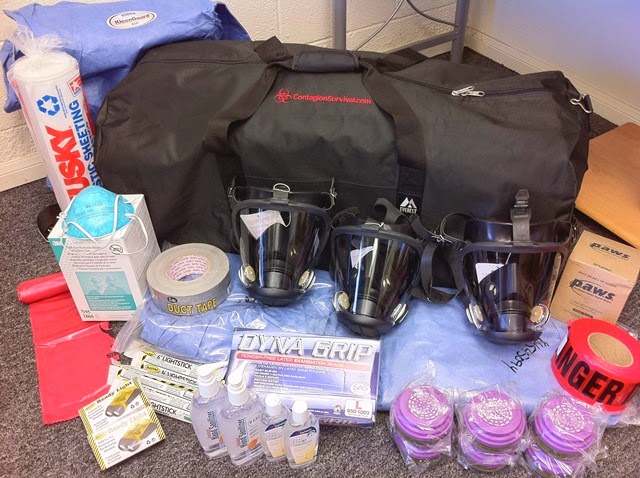Most of my posts revolve around items and methods of immediate survival, this post, however, will be dealing with different forms of communication methods that are good to use in a SHTF scenario. And the most popular method of communication in a disaster is radio communication.
Now when you think of radio communication, you may imagine something like the above picture, or that of the trucker below:
However these are only small parts of the radio communication world. It has grown in technology, and it attracts not only preppers and survivalists, but an entire community of Amateur Radio enthusiasts.
Now I am not claiming to be an experienced radio operator, but I am looking into setting up my own radio center, not only so that I can keep in contact with loved ones, and other members of my prepping team, but also so that I can monitor emergency broadcasts, and, if needs be, radio for help. I will not be dependent on anyone else for information gathering, and be able to be informed during a crisis.
You do need to keep in mind that you will need to get a licence. US licenses are good for 10 years, and anyone may hold one, except for a representative of a foreign government. Within the US there are three different licence classes you can hold, technician, general, and extra.
Technician-
This is the most basic, and entry level licence for the amateur radio enthusiast. You only need to pass one examination of 35 questions on radio theory, regulations, and operating practices. This licence will grant access to all Amateur Radio frequencies above 30 megahertz. It will also allow for limited privileges on the HF, or "short wave" bands used for international communications.
General-
This class of licence will grants operating privileges on all Amateur Radio bands and all operation modes. This licence will open up far more options for world wide communications. To earn the General class licence you must have first past the Technician exam, and then you must also pass a second 35 question exam that goes more in depth.
Extra-
The Extra class licence will convey all operating privileges on all bands and all modes for US Amateur Radio. It is also the most difficult licence to earn, as it requires you to pass a very detailed 50 question exam, as well as having already passed the prior exams for the prior licence classes.
Not every level will be best for everyone, and I can see how the Technician class licence would probably prove sufficient for the day to day prepper/survivalist. This would allow you to operate and use the traditional radios that you would find in many vehicles and trucks, such as the example below:
The above type of radio would be an excellent basic method of back up communication to have on hand in a SHTF scenario, not to mention they can come in handy on a road trip/camp trip when convoying with friends or family.
Having one of the above radios in your cars shouldn't stop you from having a set up of some kind at your home, perhaps having a little more of an elaborate set up. This could help provide a base of operations for you and your group. And it also can provide you will an option for being able to transmit a stronger signal.

Regardless of the set up that you choose to have, I would recommend that you look into this method of communication, as you may never know when being able to hear transmitted information can save your live. Just think, for example, if you are in a SHTF scenario and you are trying to escape from a dangerous environment, be it a city or town, a radio may allow you to hear if the escape rout you were planning on taking has been flooded, grid lock traffic, or even crosses into a contamination zone. With a radio you can also remain updated on rescue or relief efforts, or in the event of some kind of military occupation or attack, who, did it, what the response is going to be, and where the safest areas may be.
There are also a number of hand held radios that you may choose to invest in instead of the stronger radios above. These radios do not have the large range as those above, however, they are great for keeping in touch with your family and fellow preppers within your city. There price can range from as cheap as $25.00 to upwards of $1000.00, and as much as I hate to admit it, every forum and blog I have found on the subject states that the greater the price there is typically a better quality of signal and range. Regardless, I think that you can find something in the middle somewhere that doesn't set you back too far. Even if they are only used as back ups.


The other option of radio information gathering doesn't need to have two way abilities, although they can come equipped with that option, are the emergency weather radios. These are radios that usually come with an alternative power methods, such as solar power or crank power, along with the option for batteries. These are good to have just so you can at least receive situation updates or broadcasts. Below are some examples.
Stay prepared, stay safe!
Check out the following site for more information on this topic:
www.arrl.org















.jpg)




































